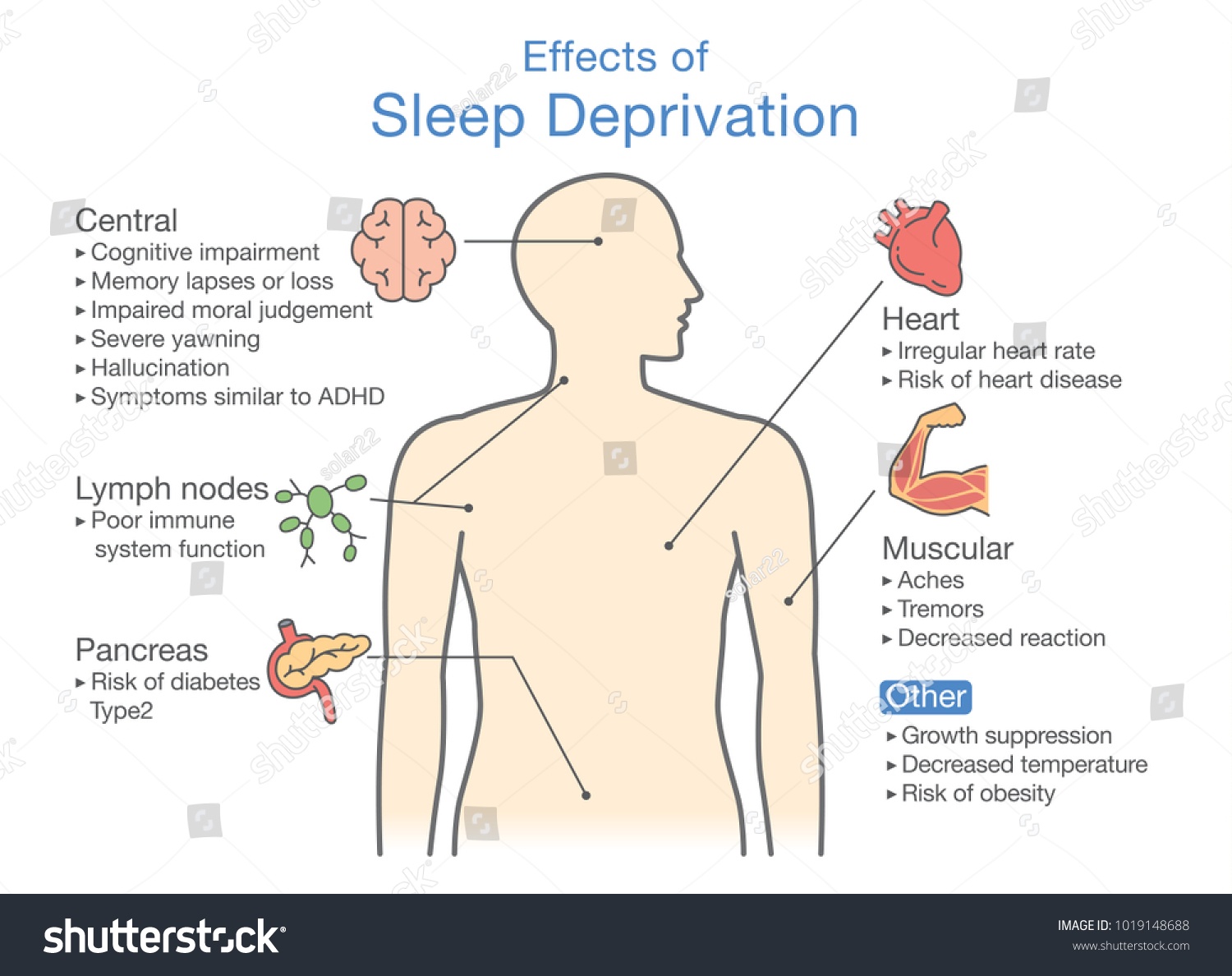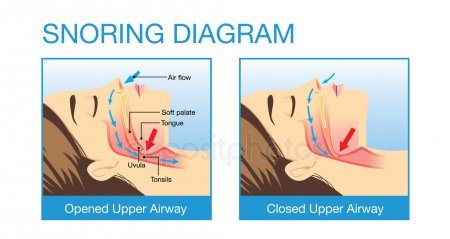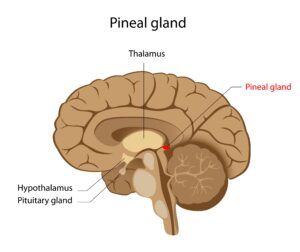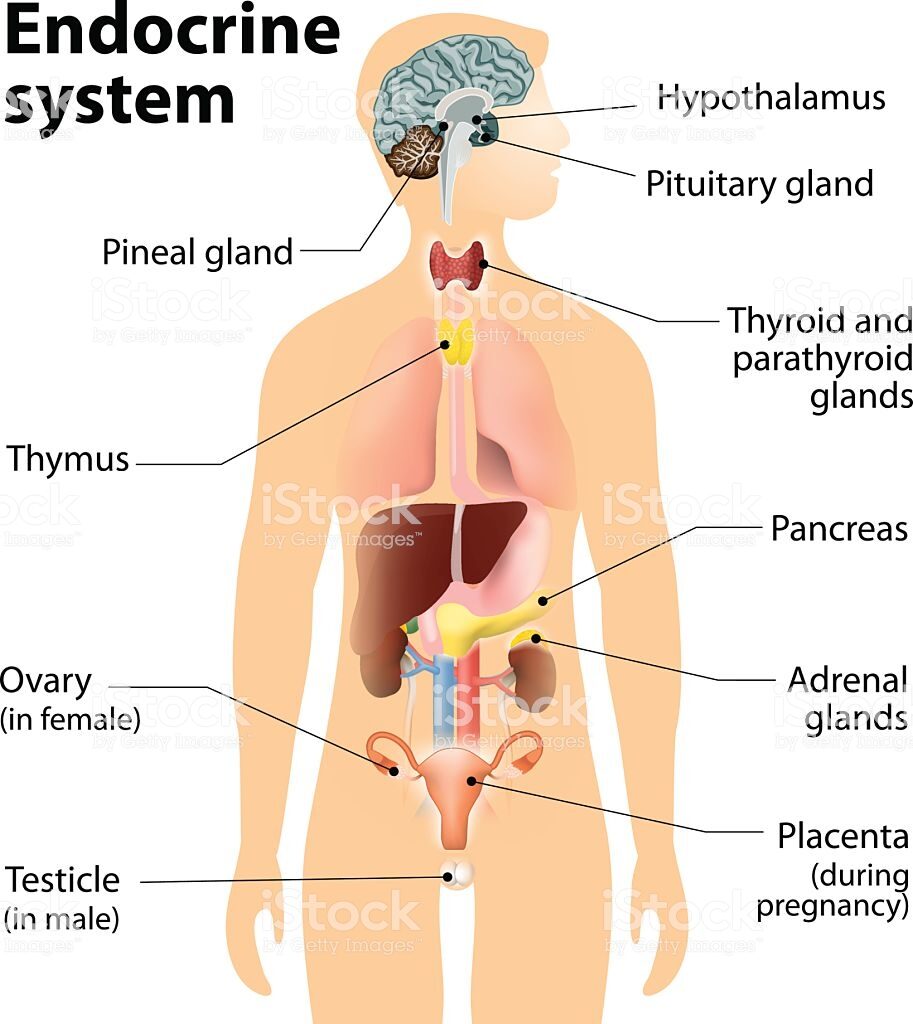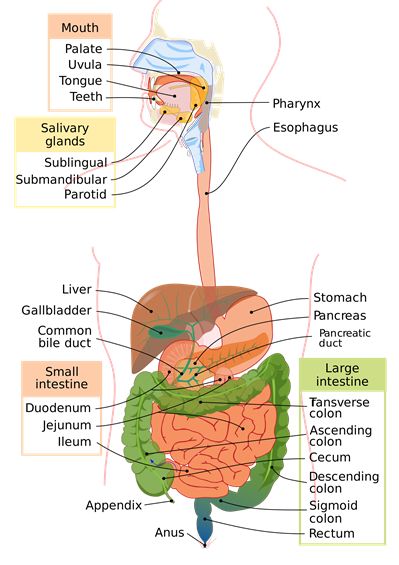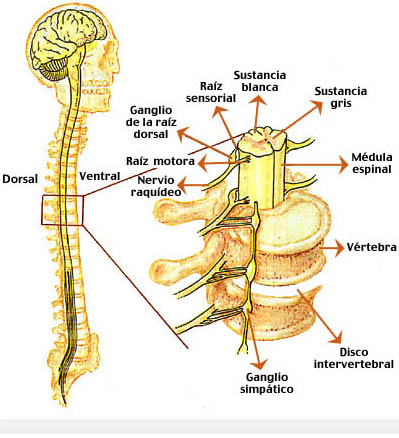Obesity has become a condition that is a worldwide health concern reaching epidemic portions. For example, take adult Obesity in the United States. Rates for adults currently exceed 35 percent in seven states, 30 percent in 29 states and 25 percent in 48 states. There are more than three million cases a year in the US. Believe it or not, some countries have even higher rates. In addition, obesity affects 1 in 6 children in the United States.
The purpose of this article is to provide information on obesity: the definition, the causes, the effects, and the treatments…in other words, all about obesity.
What is obesity
Obesity is a treatable disease that is associated with having an excess amount of body fat. It is caused by genetic and environmental factors and may be tough to manage through fasting and dieting alone. Obesity is diagnosed by a health care provider and is classed as having a body mass index (BMI) of thirty (30) or larger. Nearly 40 percent of Americans have obesity.
BMI measures weight related to height. It is a common way to measure body fat and is one of the tools healthcare providers use when talking about weight. Other factors, like the comparison of waist-to-hip size (WHR), the comparison of waist-to-height ratio (WtHR), and the amount and distribution of fat on the body also play a part in shaping how healthy an individual’s weight and body form square up.
To find your BMI, please see the BMI calculator here.
What are the causes of obesity
Ingesting too many calories – When a person consumes more calories than they use as energy, their body will store the extra calories as fat. This can lead to excess weight and obesity.
Also, some kinds of foods are almost certainly to lead to weight gain, especially those that are high in fats and sugars.
Foods that tend to extend the danger of weight gain include:
- fried foods, such as french fries
- fatty and processed meats
- fast foods
- many dairy products
- foods with added sugar, such as baked goods, ready-made breakfast cereals, and cookies – I was guilty of this one. The last of the cookie monsters!
- foods that have hidden sugars, like ketchup and numerous other canned and packaged food items
- processed foods, foods high in carbs, such as bread and bagels
- sweetened juices, sodas, and alcoholic drinks
Some processed food products contain the sweetener high-fructose corn syrup, including savory items, such as ketchup. Eating too much of these foods and doing too little exercise can result in weight gain and result in obesity.
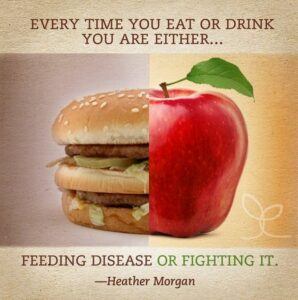
The choices are ours – We must be vigilant!
Something to note is a person who consumes a diet that consists mainly of fruits, vegetables, whole grains, and water is still at risk of gaining excess weight if they overeat. Also, genetic factors can increase their risk [detailed further down]. However, in most cases they are more likely to enjoy a varied diet while maintaining a healthy weight. Fresh foods and whole grains contain fiber that makes an individual feel full for longer and encourages healthy digestion.
Sedentary lifestyle – Today’s generation lead a much more sedentary lifestyle than previous ones.
Examples of sedentary lifestyles include:
- traveling by car instead of walking or cycling
- playing games inside on a computer instead of engaging in physical activities outside
- working in an office rather than doing physical labor
Fact is, the less a person moves around, the fewer calories they burn.
Also, physical activity affects how an individual’s hormones work, and hormones have an impact on how the body processes food. [A future post/article is coming on hormones]
Several studies have shown that physical activity will facilitate to maintain insulin levels stable and that unstable insulin levels might cause weight gain. Researchers have concluded that a lifestyle incorporating regular [physical activity] has been identified as a key factor for maintaining and improving many aspects of health, including insulin sensitivity.
Physical activity need not be training in the gym nor do you have to be a gym rat. Any physical work, walking or cycling, climbing stairs, and household tasks all contribute. However, the sort and intensity of activity might have an effect on the degree that benefit the body within the short- and long-term. There’s more detail on walking in my post https://universal-health-products.com/the-benefits-of-walking-exercise/
Not getting enough sleep – Research has suggested that missing sleep increases the risk of gaining weight and developing obesity. The team advised that sleep deprivation will cause obesity because it can lead to hormonal changes that increase the craving for food.
When a person doesn’t get enough sleep, their body produces ghrelin, a hormone that stimulates appetite. At the identical time, a lack of sleep also results in a lower production of leptin, a hormone that suppresses the appetite.
Researchers reviewed proof for over twenty eight thousand children and fifteen thousand adults in the United Kingdom from 1977 to 2012. In 2012, they drew the conclusion that sleep deprivation considerably magnified obesity risk in both categories of adults and kids. The changes affected kids as young as five years old.
More detail on the importance of sleep is given in my post/article https://universal-health-products.com/the-importance-of-sleep-for-health/
Endocrine disruption – A team from the University of Barcelona published a study in the World Journal of Gastroenterology that provides clues as to how liquid fructose — a type of sugar — in beverages might alter lipidoid energy metabolism.
After feeding rats a 10-percent fruit sugar solution for fourteen days, the scientists noted that their metabolism was starting to change. Scientists believe there’s a link between high consumption of fruit sugar and obesity and metabolic syndrome.

Ready-made sauces often contain high-fructose corn syrup, which scientists have linked to a risk of obesity.
syndrome. [More on metabolic syndrome to follow] Authorities have raised concerns about the use of high-fructose corn syrup to sweeten drinks and other food products.
Animal studies have found that once a person becomes obese because of sugar consumption, there is also a close link with type 2 diabetes.
In 2018, researchers printed the results of investigations involving young rats. They also went through metabolic changes, oxidative stress, and inflammation after consuming fructose syrup.
The researchers note that an increased sugar intake is an awfully important predictor of metabolic risk in youth.
They necessitate changes within the diets of the youth to prevent these problems.
The use of high fructose corn syrup as an ingredient is an insidious exercise. It is contained in a number of products that we normally wouldn’t expect. Therefore, the reading of product labels is required reading these days. We must be vigilant with our health!
Below is a list of foods that contain high-fructose corn syrup:
- sweetened foods, such as yogurt, juices, and canned foods
- candy and ice cream
- sodas, energy drinks, and sports drinks
- coffee creamer
- sauces and condiments, including salad dressings, ketchup, and barbecue sauce
- bread and other ready-made baked goods
- breakfast cereal, cereal bars, and energy or nutrition bars
To reduce your intake of high fructose corn syrup and other additives:
- Again – check the labels before you buy
- opt for unsweetened or less processed items where possible
- make salad dressings and bake other products at home
Medications – Some medications can also lead to weight gain.
Results of a review and meta-analysis printed within The Journal of Clinical Endocrinology and Metabolism in 2015 found that some medicines caused individuals to increase their weight over a period of several months. Some examples are:
- some antidepressants
- anticonvulsants and mood stabilizers, and specifically gabapentin
- hypoglycemic medications, such as tolbutamide
- atypical antipsychotics, especially olanzapine, quetiapine, and risperidone
- glucocorticoids used to treat rheumatoid arthritis
However, some medications may lead to weight loss. Therefore, anyone who is starting a new medication and is concerned about their weight should be sure to ask their doctor whether the drug is likely to have any effect on weight.
Obesity can self-perpetuate – The longer a person is overweight, the harder it may be for them to lose weight.
Here’s why. Findings of a mouse study, printed in the journal Nature Communications in 2015, recommended that the more fat an individual carries, the less probability of the body burning fat, attributable to a super molecule, or gene, known as sLR11.
It appears that the more extra fat someone has, the more sLR11 their body will produce. The protein blocks the body’s ability to burn fat, making it harder to shed the extra weight. Therefore, the beginning of weight gain can be the beginning of a downward spiral if not checked.
The obesity gene – Lastly obesity is preventable but not totally. It can be genetic. A faulty genetic material referred to as the fat-mass and obesity-associated gene (FTO) is liable for some cases of obesity.
A study
published in 2013 points to a link between this factor and this disorder: behaviors that cause obesity, a higher food intake, a preference for high-calorie foods, an impaired ability to feel full, known as satiety.
The hormone ghrelin plays an important role in food intake behavior. Ghrelin additionally affects the discharge of growth hormones and the way the body accumulates fat, among other functions.
The activity of the FTO genetic material might impact an individual’s possibility of becoming obese as a result of its affects on the amounts of ghrelin a person has.
In a study involving 250 people with food consumption disorders, printed in Plos One in 2017, researchers recommended that aspects of FTO additionally play a responsibility in conditions, such as binge eating and emotional eating.
One can see how complicated our bodies are and how closely our systems are linked.
What are the effects of obesity
Obesity is a disease that can lead to other serious health problems. Obesity has a far-ranging negative effect on health. Each year within the U.S., obesity-related conditions totals over $100 billion and cause premature deaths. The health effects linked with obesity follows:
High blood pressure – Excess weight needs more blood to circulate to the fat tissue and causes the blood vessels to become narrow (aka – coronary artery disease). This makes the heart work harder, because it must pump more blood against more resistance from the blood vessels and can lead to a heart attack (aka – myocardial infarction). More flowing blood and extra resistance conjointly suggests a lot of pressure on the artery walls. Higher pressure on the artery walls will increase the blood pressure. Excess weight also raises blood cholesterol and triglyceride levels and lowers HDL (“good”) cholesterol levels, adding to the risk of heart disease.
Type 2 diabetes – Obesity is the major cause of type 2 diabetes. Obesity is capable of causing your body to be resistant to insulin, the hormone that regulates blood sugar. When it causes insulin resistance, your blood sugar level rises. Even moderate obesity dramatically increases the risk for diabetes. More on insulin in my post/article https://universal-health-products.com/all-about-the-endocrine-system/
Heart disease – Atherosclerosis, or hardening of the arteries, happens more often in obese people. Coronary artery illness is additionally diagnosed more in obese people as a result of fatty deposits that build up in arteries that supply the heart. Narrowed arteries and reduced blood flow to the heart can cause chest pain called angina or a heart attack. Blood clots can also form in narrowed arteries and travel to the brain, causing a stroke.
Joint problems, including osteoarthritis – Obesity can affect the knees and hips because the extra weight stresses the joints. Joint replacement surgery may not be a good choice for an obese person because the artificial joint has a higher risk of loosening and causing even more damage.
Respiratory problems and Sleep apnea – Sleep apnea causes people to stop breathing for brief periods during sleep. Sleep apnea interrupts sleep and causes sleepiness during the day and behavioral problems in children. It also causes heavy snoring. Sleep apnea is also linked to high blood pressure. For more on sleep apnea see my post/article https://universal-health-products.com/sleep-apnea-the-facts/
Breathing issues tied to obesity happen when additional weight of the chest wall squeezes the lungs. This restricts breathing.
Cancer – Being overweight or obese will increase your risk for a variety of cancers, according to the American Cancer Society. Among obese females, the risk increases for cancer of the endometrium or the lining of the uterus in younger women. Obese ladies additionally increase their risk for breast cancers in those that have undergone change of life (menopause). Men who are overweight have a higher risk for prostate cancer. Both men and women who are obese are at increased risk for colorectal cancer.
Metabolic syndrome – The National Cholesterol Education Program says that metabolic syndrome is a risk factor for cardiovascular disease. Metabolic syndrome has several major risk factors. These are abdomen (stomach) obesity, high blood triglyceride levels, low HDL cholesterol levels, high blood pressure, and insulin resistance (severe type 2 diabetes). Having at a minimum three (3) of those risk factors confirms the labeling of metabolic syndrome. People with obesity are additionally possible to acquire metabolic syndrome.
Psychosocial effects – individuals who are overweight or obese will have issues socially or psychologically. This is because the culture in the U.S. often values a body image that’s somewhat or overly thin. Therefore, they are considered unattractive.
Overweight and obese people are often blamed for their condition. Other people may have the opinion of them as lazy or weak-willed.
It is not uncommon for people that ar overweight or obese to earn less than other people or to possess fewer or no romantic relationships. Some people’s disapproval and bias against those who are overweight may progress to discrimination, and even torment. Sadly, as a result, these sociological demeaning factors can manifest into depression. Depression is more prevalent in people who are overweight and obese.
How to prevent obesity
As I always like to say: prevention is better than cure! It is imperative that we are more proactive with our health than reactive. Our bodies are good at informing us when something is wrong. We just have to pay attention to the signs and promptly react positively.
Therefore, I am compelled to cover ways for us to prevent this lethal condition in the first place.
I recently discovered during my six-month check-up that I’d gained 20lbs since the previous six months. What was worst, 99% of it was in the middle! So, instead of crash dieting, I moderated: cutting my carbs in half (e.g. no more cookies, fresh fruit instead), and stopped going for seconds and if I do it’s for veggies and doubled my exercise (I walk). I also increased my protein. Especially after realizing that my breakfast consisted mostly of carbs. Protein increases metabolism, decreases appetite and changes several weight-modifying hormones. The weight gain has leveled off and I’m starting to reduce. I now have to buy a scale! I hadn’t owned one since 2004!
Therefore, I suggest the following:
Follow a healthy eating plan. Eat 5 to 6 servings of fruits and vegetables daily. A vegetable serving is one cup of raw vegetables or ½ cup of hard boiled vegetables or vegetable juice. A fruit serving is one piece of very small to medium ripened fruit, one-half cup of canned or fresh fruit or fruit juice, or one-fourth cup of dried fruit. An individual has a lower risk of obesity if their diet consists mainly of fruits, vegetables, and whole grains. If it’s easier to follow a formal diet plan, I suggest The Lean Body Breakthrough.
Choose whole grain foods such as rice (brown ) and whole wheat bread. Avoid excessively processed foods created with refined white sugar, flour and saturated fat.
Exercise regularly. You need to accomplish one hundred fifty (150) to three hundred (300) minutes of moderate-intensity activity per week to stop and prevent weight gain.
Know and stay away from the food snares that cause you to eat. This tends to be different for everyone. But we all know what our weaknesses are…we just need to address them.
Monitor your weight regularly. This is the only way to know that you’re on and staying on the right track.
Be consistent. Once you have the plan, stick with it. Remember, the world wasn’t made in a day. Those 20lbs I gained took time. So will losing them. It’s just a matter of changing our habits. Studies indicate that it takes 17 days to form a habit. Once the habits(the lifestyle changes) are formed, it becomes a lot easier.
How to treat obesity
No two individuals ar alike, so it’s important to create a weight-loss plan that works for you. That may mean making an attempt to lose one (1) to two (2) pounds per week, or losing at the pace of a ½ a pound per week. Even at that lower rate, over the course of a year, you’ll lose 24 pounds, and if you maintain that rate, over three years you’ll drop 78 pounds. Regardless of what treatment plan you follow, losing weight slowly will be more effective and healthy over the long term because quick weight loss often spurs weight regain.
So here’s the prescription: diet, exercise, environmental changes.
For those who have tried these and haven’t gotten satisfactory results, consult your physician to consider:
To repeat what I mentioned earlier, the beginning of weight gain can be the beginning of a downward spiral if not checked. We must be vigilant when it comes to our health.
Please feel free to leave any question or comment you may have on this subject below.
GOOD HEALTH!
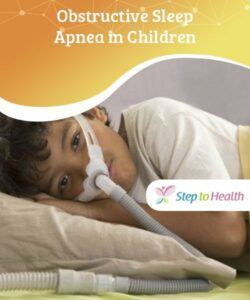
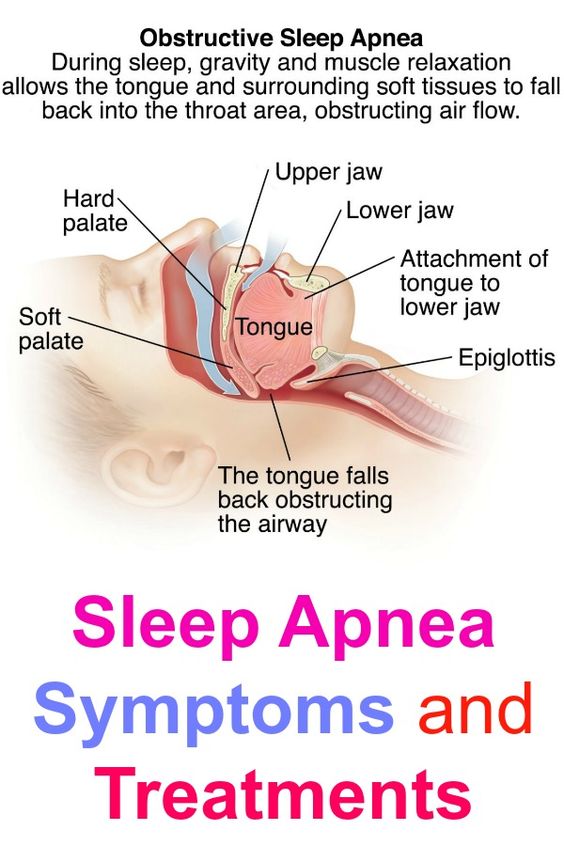 who sleep on their backs, gravity can cause the tongue to fall back. This narrows the airway, which reduces the amount of air that can reach the lungs. This narrowed airway causes snoring by making the tissue in back of the throat vibrate as we breathe.
who sleep on their backs, gravity can cause the tongue to fall back. This narrows the airway, which reduces the amount of air that can reach the lungs. This narrowed airway causes snoring by making the tissue in back of the throat vibrate as we breathe.